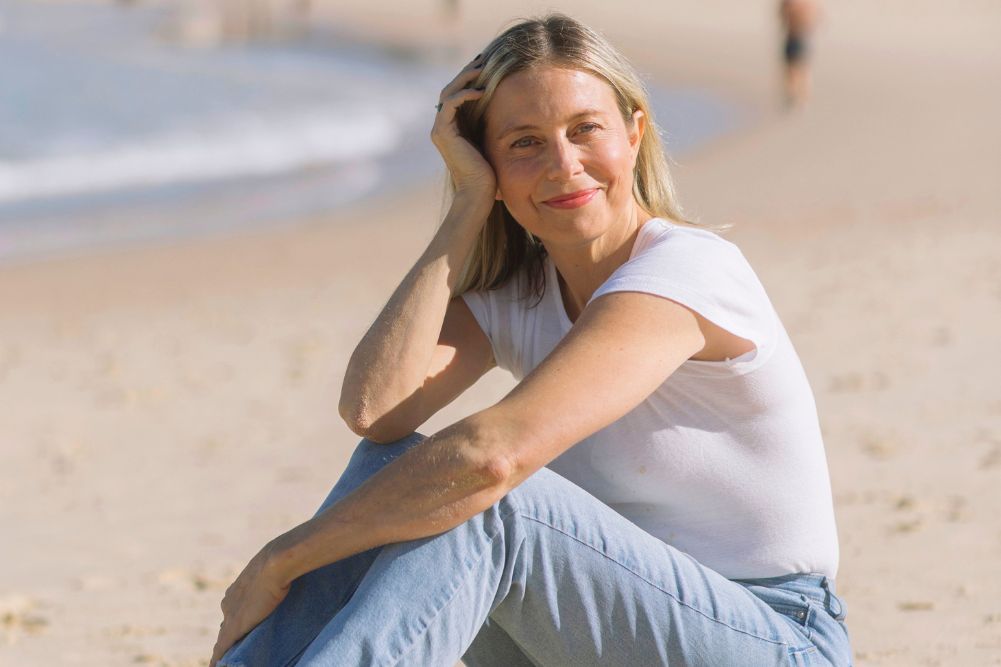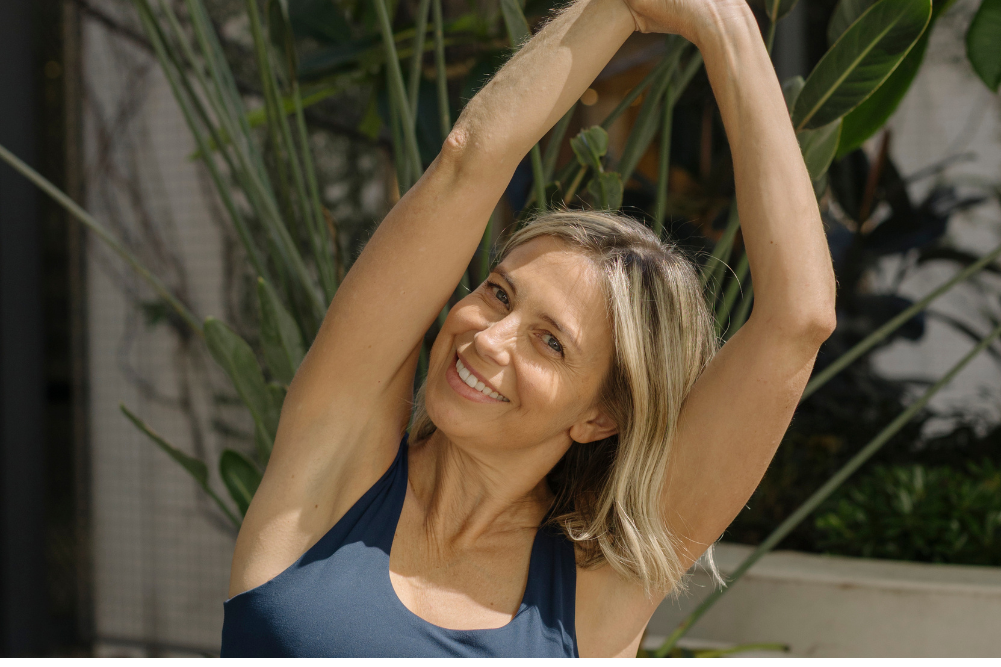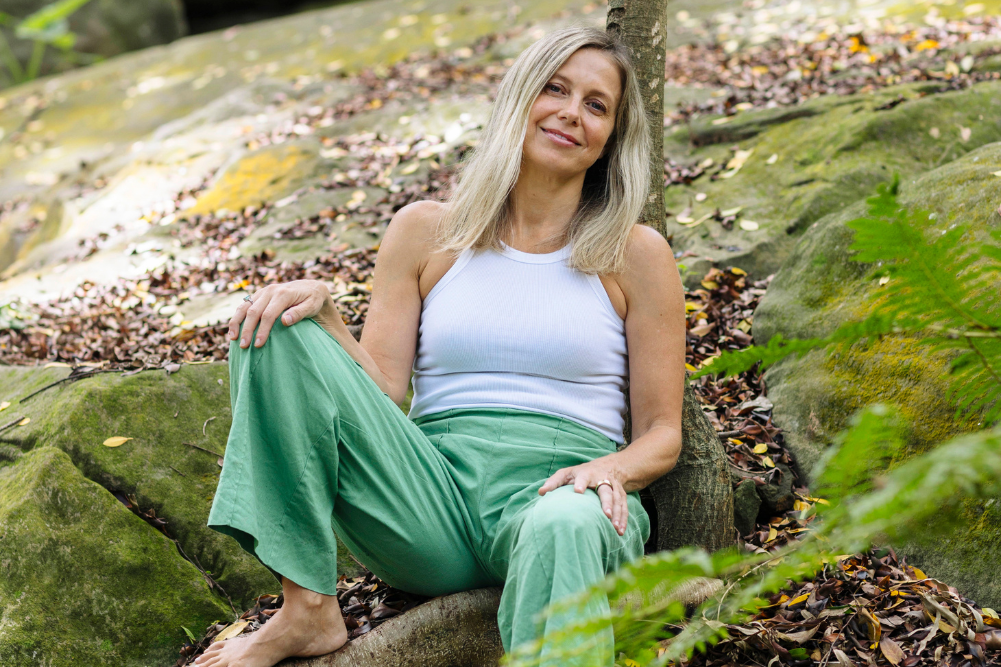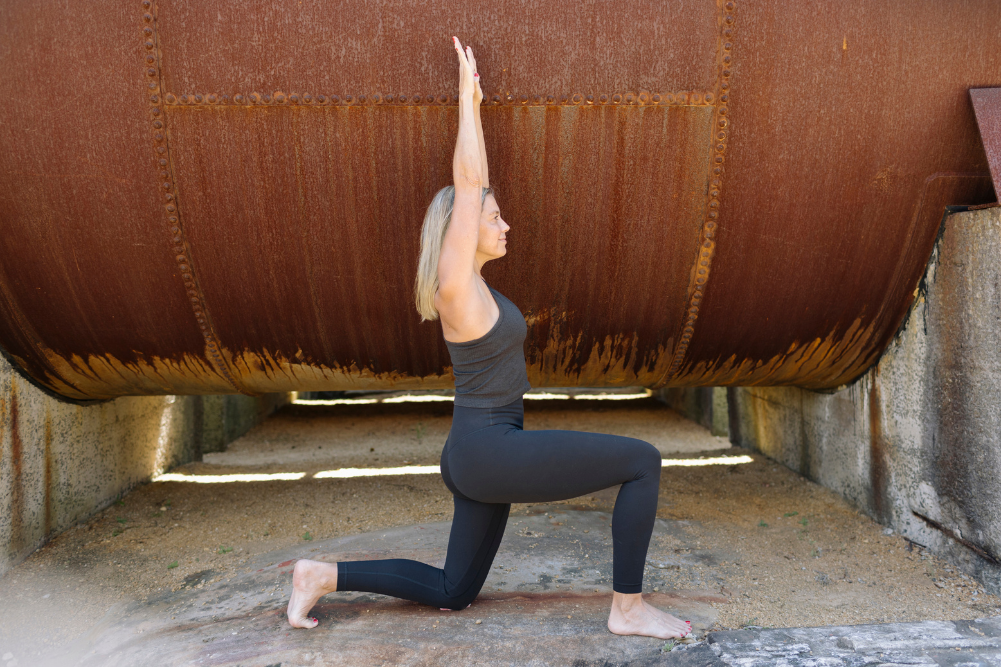Yoga to change your thinking
Sometimes in life you can feel a little stuck. Things simply aren’t flowing; it feels like you’re not making progress with your career, your love life has been on standstill for a year (or 10) or the money tap feels like it’s eternally turned off no matter how hard you work.
Note the word “feels”. Sure, there may be very real reasons for why you feel like that but, fundamentally, the perception of being stuck or trapped may be greater than the reality. You mind gets “fixed” then your actions follow suit. Or you get paralysed and can’t take action at all.
What you really need to do is see things in a different way, to turn your thoughts around or even upside-down. In Yoga Sutra 1.2, Yogas chitta vritti nirodha, Patanjali introduces the concept of feeling stuck and how it originates in the mind. Sitting on the clear, open channel of your mind (pure consciousness), says Patanjali, are whirlings or vrittis. These vrittis are the endless thoughts you have. The root vrt (to turn) implies there is a rotational quality to these thoughts. They go round and round until they are stuck on a loop, preventing you from seeing clearly and keeping an open mind.
Hooked on a negative thought? Find out how yoga can help break unsupportive thought patterns, reroute mental circuits and change the way you think
The true nature of the mind is to be completely open but your thoughts run in circles, chasing their tails, until the mind gets stuck in a closed circuit. This results in anxiety, obsessive thoughts and getting fixed in your thinking.
In order to change the way you think, you need to break the circuit. Pranayama practices can be a very powerful tool for changing the way you think. They can be as simple as taking three deep, slow, conscious breaths. This is especially useful when you are hooked on a thought that’s causing you pain and provides a quick fix.
You might also like to engage some of the stronger and more difficult pranayama practices such as kapalabhati. Practise this only if an experienced yoga teacher is guiding you as it’s not appropriate for everyone.
Asana and other physical activities like running or surfing are very effective at breaking the circuit and bringing you out of the mind and back into the body. For me, asana is magic and helps me to feel embodied again. I know that, no matter how I feel when I get on the mat, I’ll certainly feel differently when I step off. I don’t know how it works but I know for sure it does.
Changing thoughts
In order to understand the nature of thinking, notice your thoughts changing in every moment. One moment you might be in love with someone and the next moment you cannot bear to be in the same room as them. One day you think kale is the answer; the next day it’s celery.
As you begin to understand the ever-changing nature of your mind, you start to lessen your grip. If your thoughts are always changing, you can change your thoughts, right? With that comes knowing that you can change the way you think. From a scientific perspective, this is why neuroplasticity, or the ability of the brain’s neurons to reorganise, has become such a hot topic.
“The brain is a far more open system than we ever imagined,” wrote Norman Doidge, “and nature has gone very far to help us perceive and take in the world around us. It has given us a brain that survives in a changing world by changing itself.”
The most practical way to work with changing your mind is through meditation and asana. When you meditate, you become a witness to your thoughts, watching them as they arise and fall away. You notice the way your mind whirls and changes in any given moment. By getting on the yoga mat to practise regularly, you see how the body, mind and breath are different every day. The practice teaches you that the body, mind and breath are always changing; therefore you can change your body, mind and breath.
Yoga Sutra 4.15 says that each person perceives the same object in a different way. For example, when a human sees a pen, they see a writing instrument, but a dog sees a chew toy and a toddler sees a magic scribbling toy to destroy couches and walls. You see things from your unique perspective and so does everyone else.
This is a good reminder to take the blinkers off and keep an open mind. Everyone is doing their best with what they know, looking through the lenses of their own individual experience. Once you fully comprehend that, you become more compassionate and really listen to others. Compassion softens everything; it softens the hardest heart, offers more connectivity and makes you receptive rather than defensive. Instead of standing in your fixed beliefs, you see things in a different way.
Asana for an alternative perspective
The asana practice is masterful at showing you the world from alternate perspectives, especially through inversions. An inversion is any posture where the heart is above the hips. When you experience what it’s like to turn the world upside-down on the mat, it’s not so scary when it happens off the mat. You’ve been there, you’ve experienced it, you know what it’s like and you were OK.
Going upside-down physically allows you to see things from a completely new perspective. Inversions can be scary but, by facing your fears and seeing things from a completely different perspective in space, you are more able to have an open mind.
Compassion softens everything; it softens the hardest heart, offers more connectivity and makes you receptive rather than defensive.
Patanjali also speaks to this idea of turning things upside-down in order to free the mind. Yoga Sutra 2.33 says if you are disturbed by disturbing thoughts, think of the opposite.
I engage this sutra a lot in my life, especially when I’m feeling anxious about something and my mind just won’t stop fixating on a particular imagined outcome. By turning it upside-down, thinking the opposite, I can totally change the way I feel. It won’t necessarily change the outcome, but it certainly preserves the serenity of the mind. If you’re obsessed with a particular negative thought, this is a very powerful way to change the channel and discover new possibilities.
The yoga philosophy is not inviting you to “fake it until you make it” or “turn your frown upside-down”. Rather, it’s asking you to use yoga to understand the changing nature of the mind and in turn empower you to change your mind.
Downward dog (adho mukha svanasana)
Come to all fours. Set hips above knees, hands shoulder width apart, the wrist line just in front of the shoulder line, the gap between middle and index finger dissecting the centre of the wrist, feet hip-width apart. Tuck your toes and extend legs, hips high. Lift quads up and away from knees. Ground heels and knuckles down with ears between arms so neck is long. Take 10 long, calm breaths.
Standing forward fold/intense stretch pose (uttanasana)
Feet hip-width apart. Equal weight across four corners of the feet. Soften the knees. Catch outer elbows and allow the whole upper body to hang. Take a few breaths. Then place hands on shins, lift chest so spine is parallel to the earth for halfway lift. Get longer through the side waist. Lift navel up. Keep this length and, as you exhale, take hands behind calves and fold forward, extending the legs without locking the knees. Lift the quad muscles up away from knees. Shoulders away from ears, shoulder blades sliding down back. Take 10 breaths.
Pyramid pose (parsvottanasana)
Step left foot back a leg length, front foot set so toes are pointing forward and gap between second and middle toe dissects centre of heel. Turn left toes out 45 degrees, in line with back knee, sole of foot pressing down. Hands to hips, pull the right hip back in line with left. You may need to step the back foot out to the left a little in order to do so. Extend legs without locking knees. Sharpen back inner thigh and lift quads up. Use hands to pick the frontal hip bones up and away from earth and grow longer through the spine, crown of head reaching up. Keep this length in upper body and strength in the legs. Fold to take the chest and spine parallel to the earth. Bend elbows as you reach hands behind your back to grab wrists, elbows or palms together in reverse namaste (prayer). Without losing the length in the spine, fold forward. Take five slow breaths. On the next inhale, press through the feet to come all the way up. Release arms, hands to hips. Step left foot forward. Reset feet hip width apart, left toes pointing forward, and step the right foot back a leg’s length. Repeat on this side, pulling the left hip back in line with right. Sharpening legs, lifting quads, lengthening spine, take chest and spine parallel to earth. Lift quads and navel up as you bend elbows, reach arms behind you and grab wrists, elbows or reverse namaste. Fold forward on an exhale. Five conscious breaths.
Wide-legged forward fold (prasarita padottanasana)
Release hands and take them back to hips. Adjust feet so that heels are in line and toes are turned in; the gap between the second and middle toe should dissect the centre of the heel. Hug the outer ankles in. Extend legs without locking knees. Use hands to lift frontal hip bones up, lengthening the tailbone down. Crown of head yearns for sky as you lengthen the side waist and spine. Quads lift, navel lifts, spine long as you hinge from the hips and fold forward, your spine parallel to earth. Bend elbows and take hands behind back. Clasp hands so that your palms press together — you may need to bend elbows in order to do so. Keep palms pressing as you reach wrists up to the sky and maybe overhead. Shift hips over ankles. Take five to 10 conscious breaths. Release hands back to hips. Strong legs to lift spine parallel to earth, then all the way up on an inhale breath.
Boat pose (navasana)
Sit on buttocks. Bend knees and take the knees and feet together. Lift toes off the earth and feel the belly engage. Stay here, keeping the spine tall or take shins parallel to the earth. Stay here or, if you can, keep side waist and spine long and collar bones broad. Extend the legs so toes are in line with the eyes. Take five breaths, bend knees again and lower feet to earth. Rest for a breath. Repeat three times.
Dolphin pose (ardha pincha mayurasana)
Come to all fours on hands and knees. Set hips above knees. Place forearms down to the earth, elbows beneath shoulders and wrists in line with elbows. Press the forearms, wrists and palms down. Feet hip width, tuck toes and extend legs. Quads lift up. Front body hugs in. Resist gravity by pressing the earth away, shoulders away from ears. Soften the front ribs. Take five to 10 breaths depending on how long you can hold. Lower knees to earth and press back to child’s pose for a few breaths.
Legs up the wall (viparita karani)
Lie on your back with your legs up the wall. If hamstrings need a bit of love, put a pillow or folded blanket under the pelvis or shuffle away from wall a little. Elevating the pelvis also gives a lift so the heart is slightly above the head. Palms face up. You can stay here for as long as it’s comfortable or set a timer for five minutes. To come out, bend the knees and roll over to one side, pausing for a few breaths, using hands under head as a pillow.








